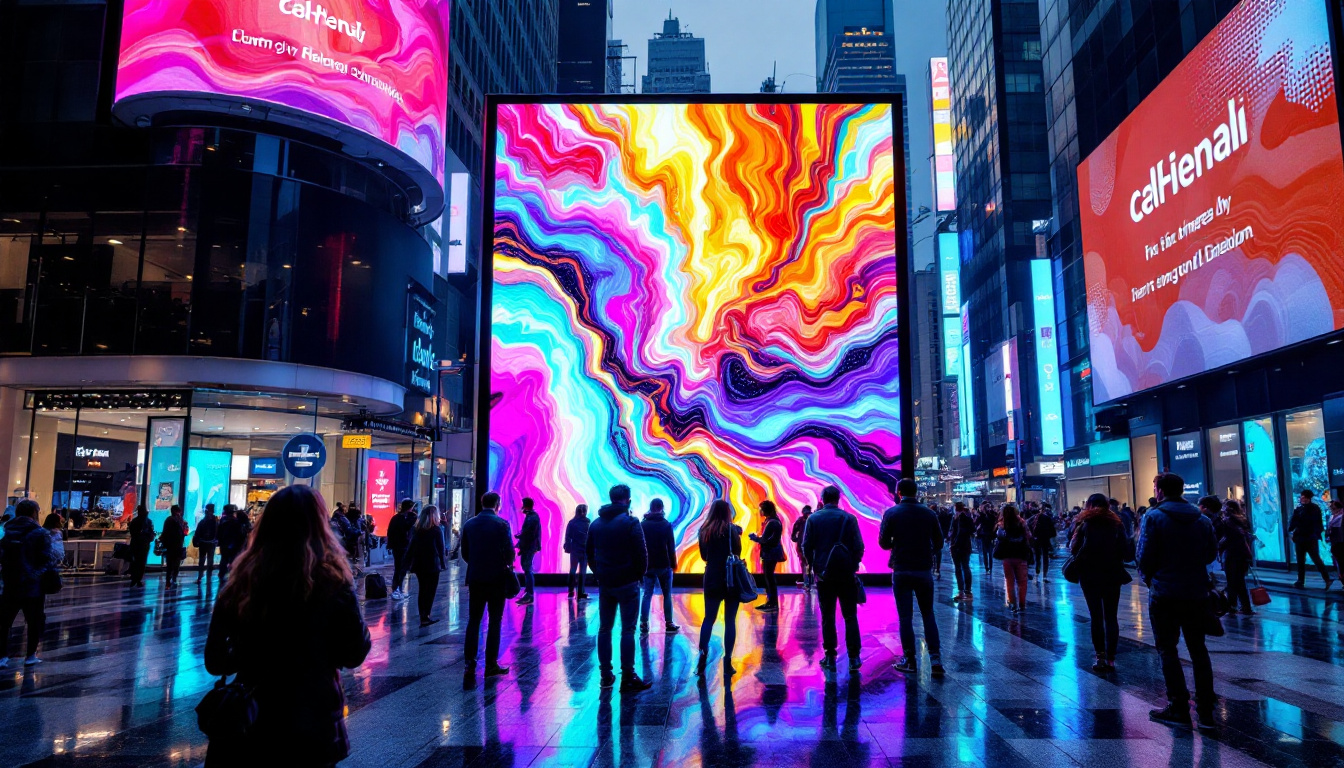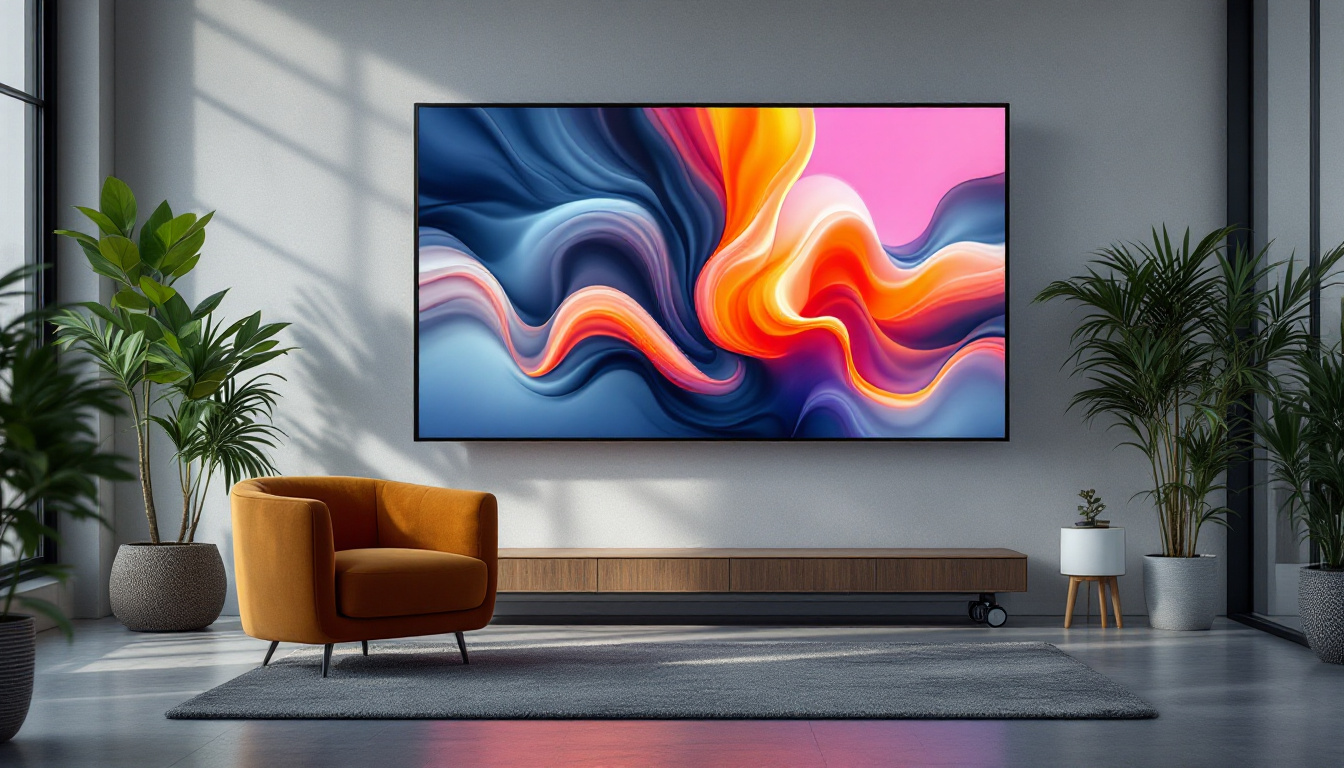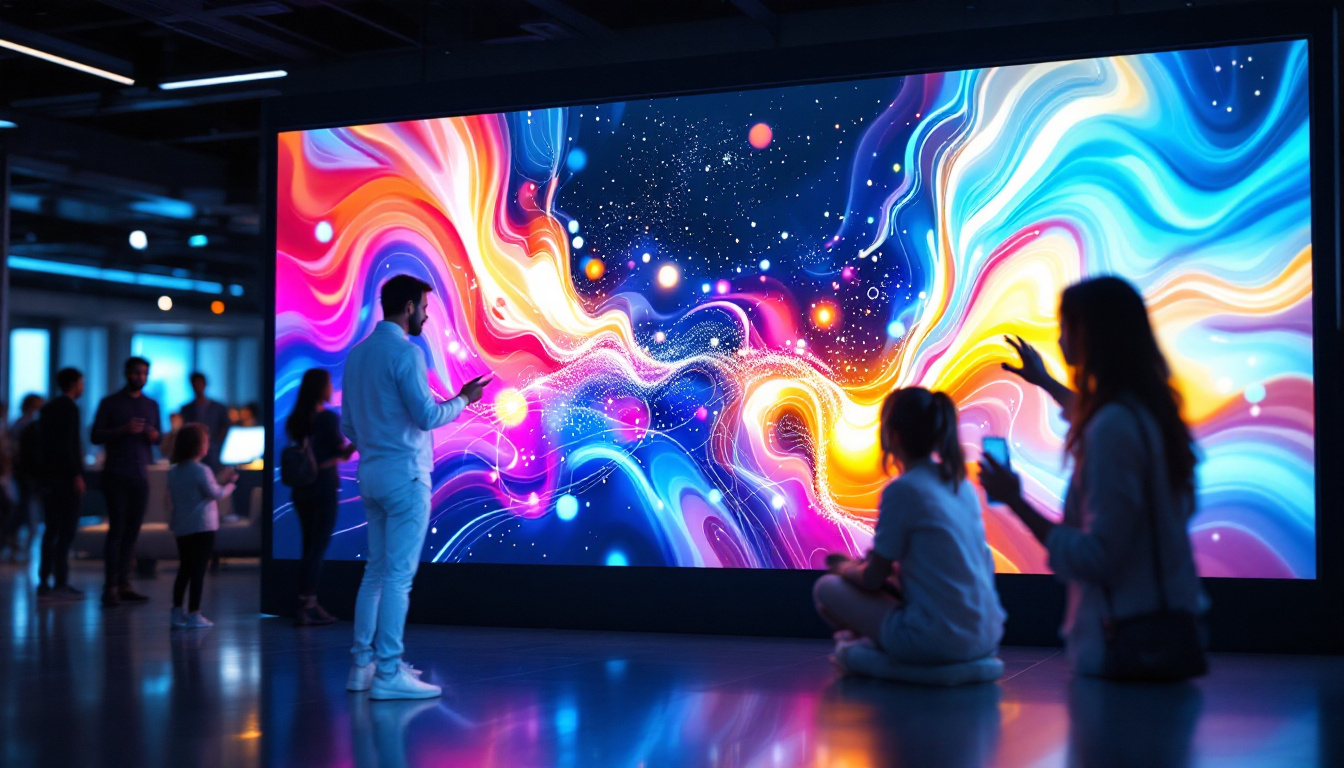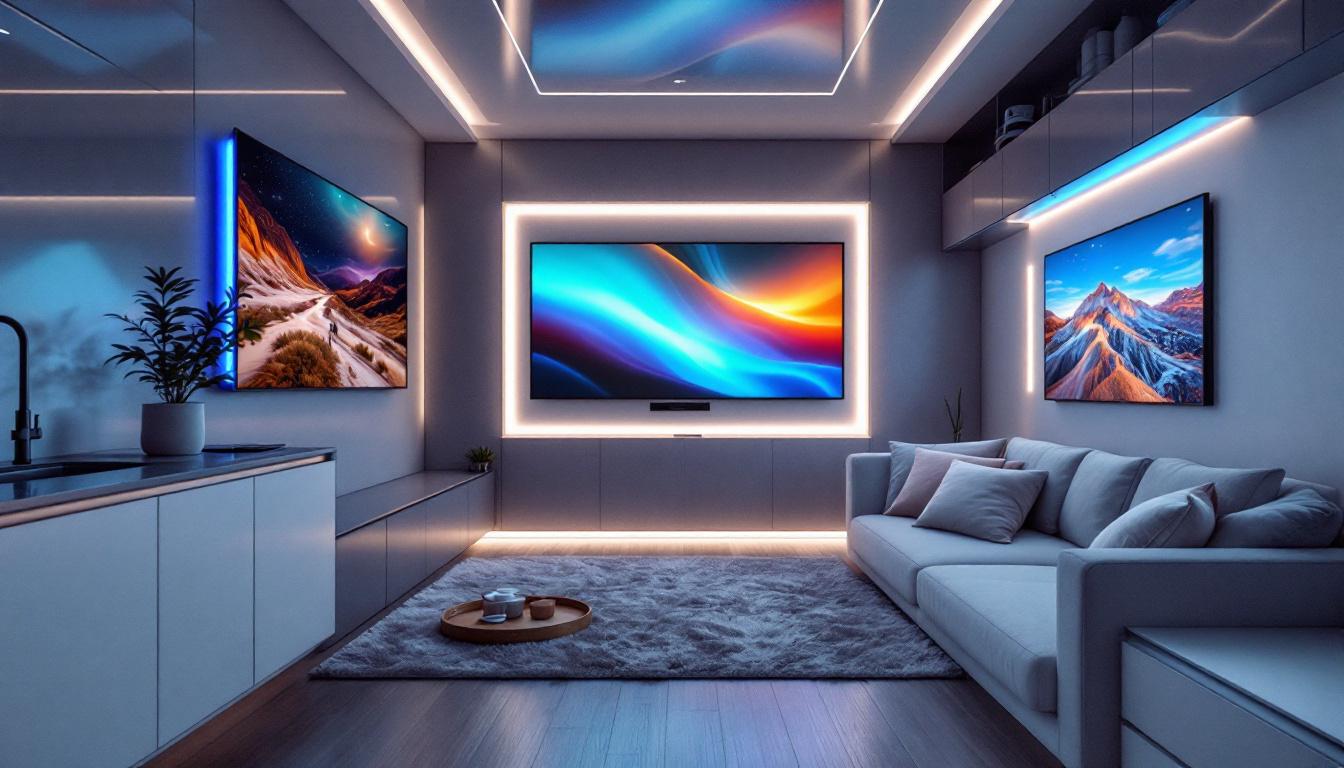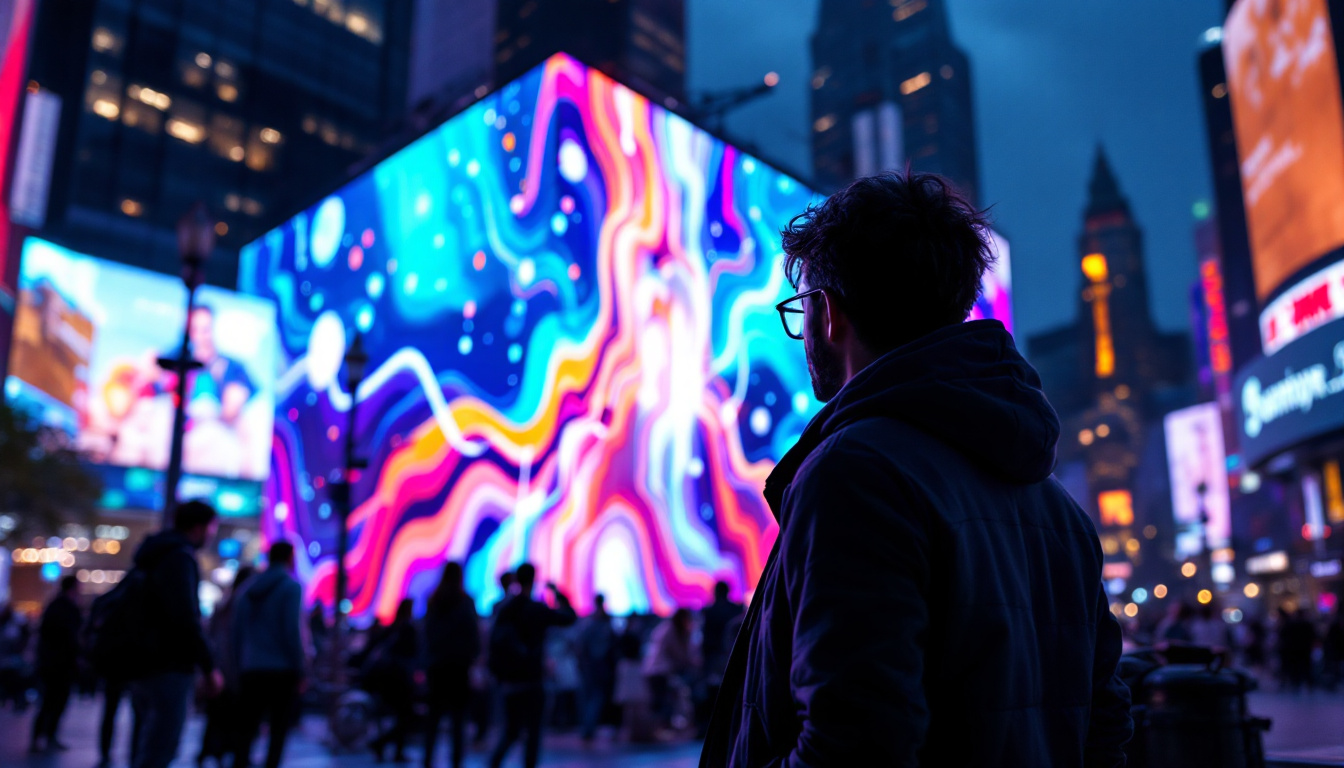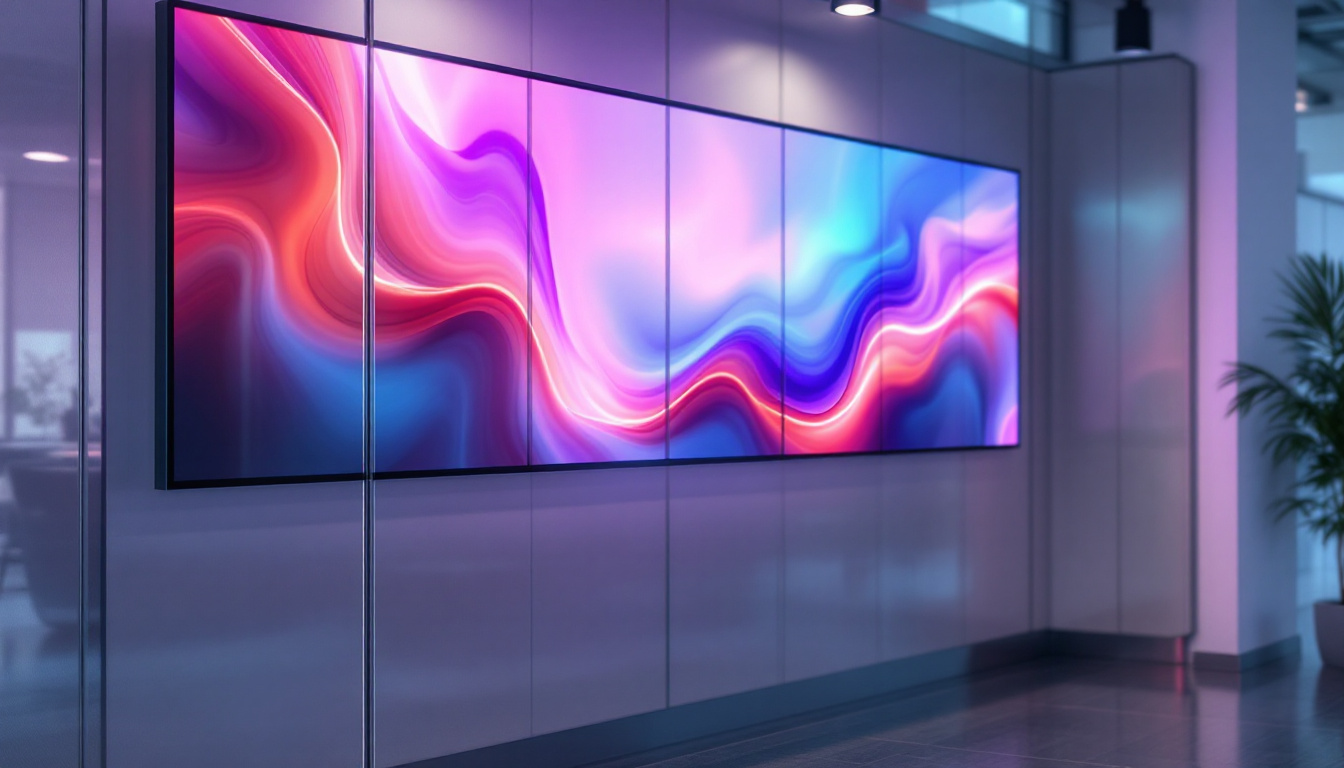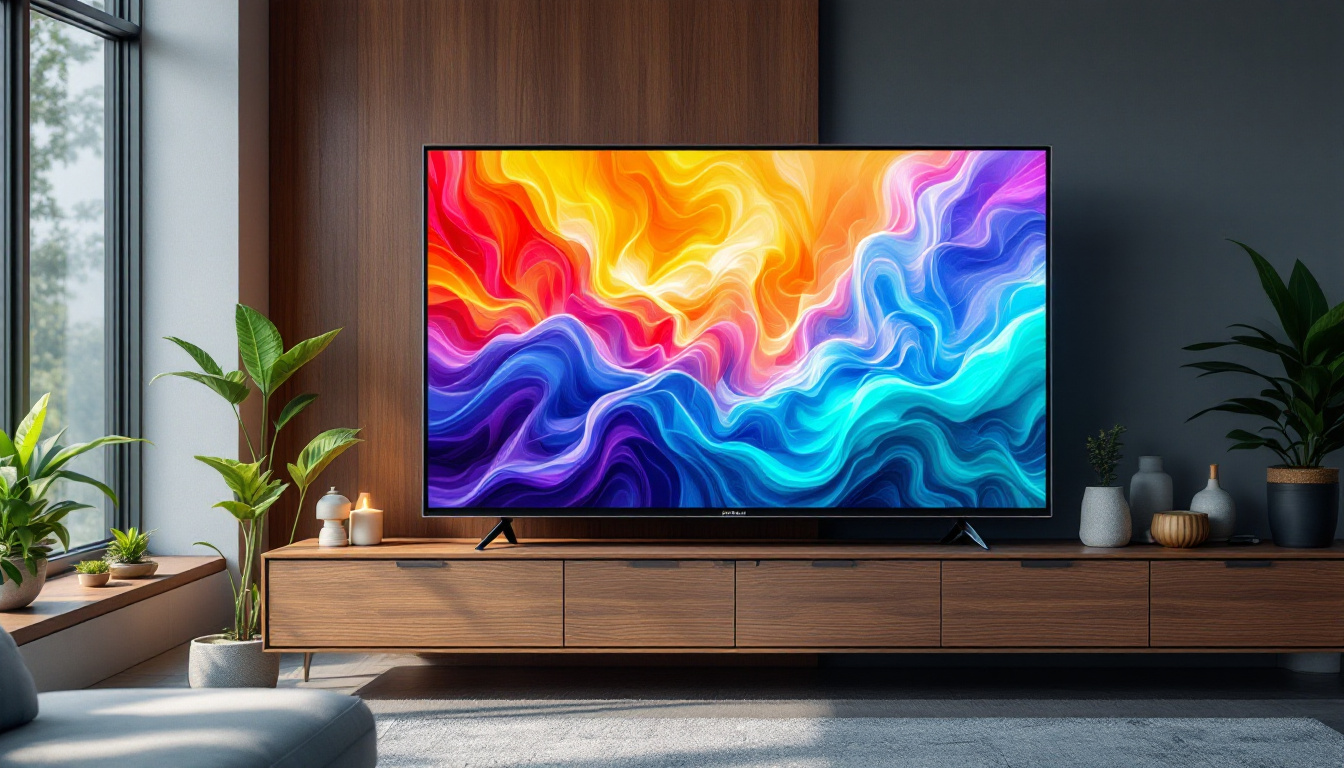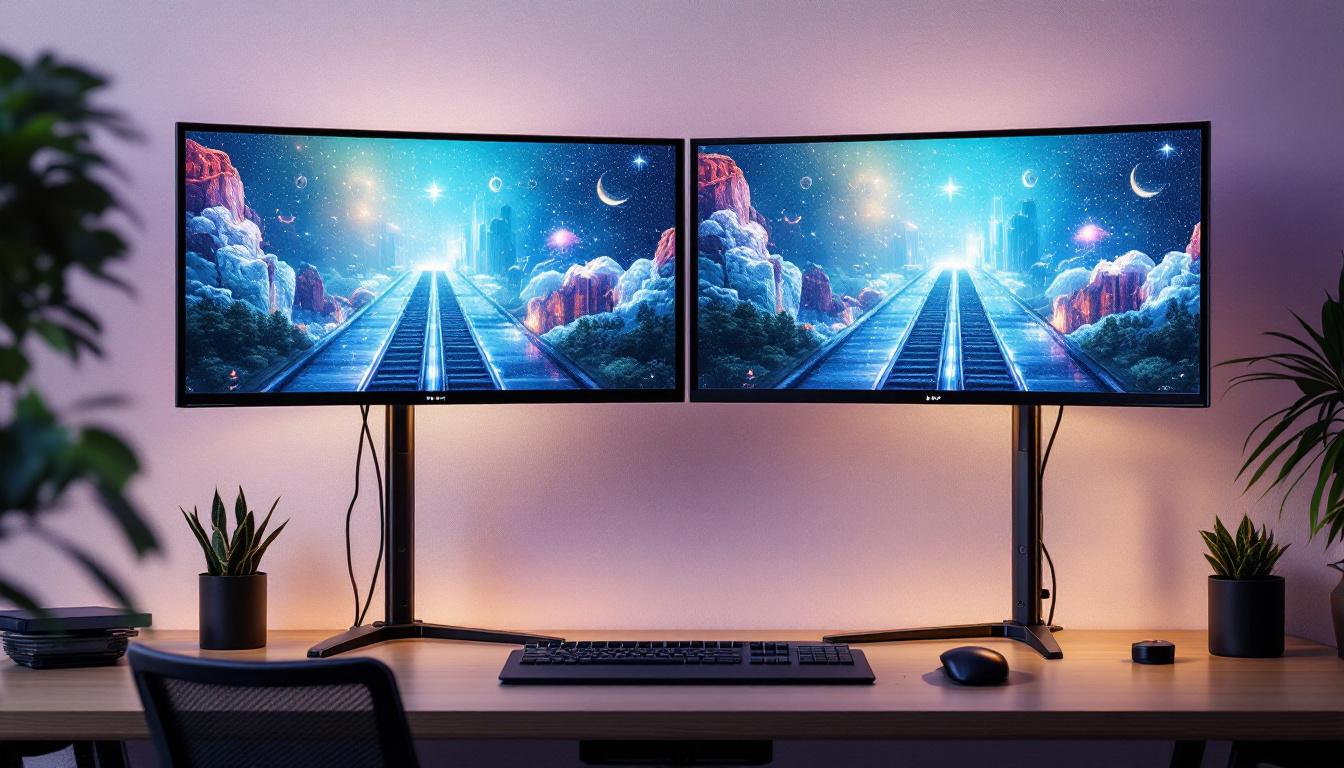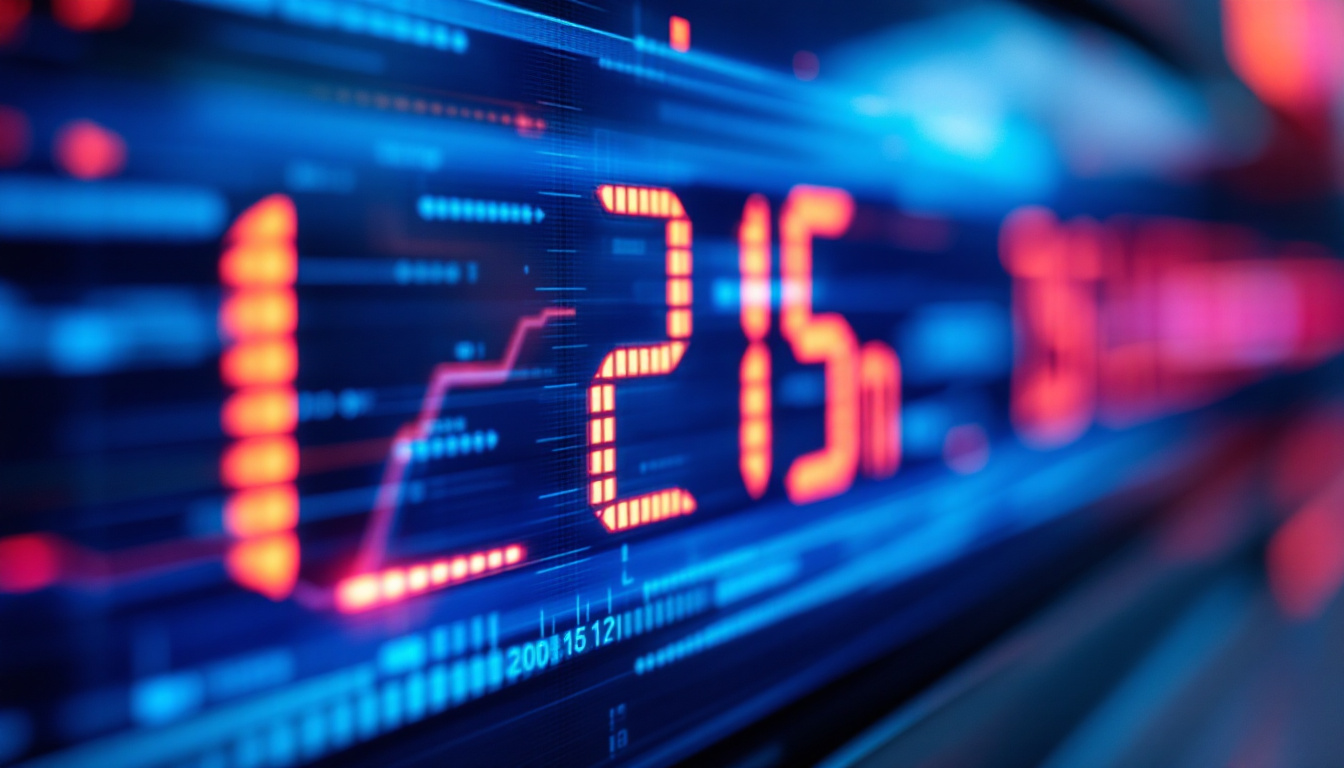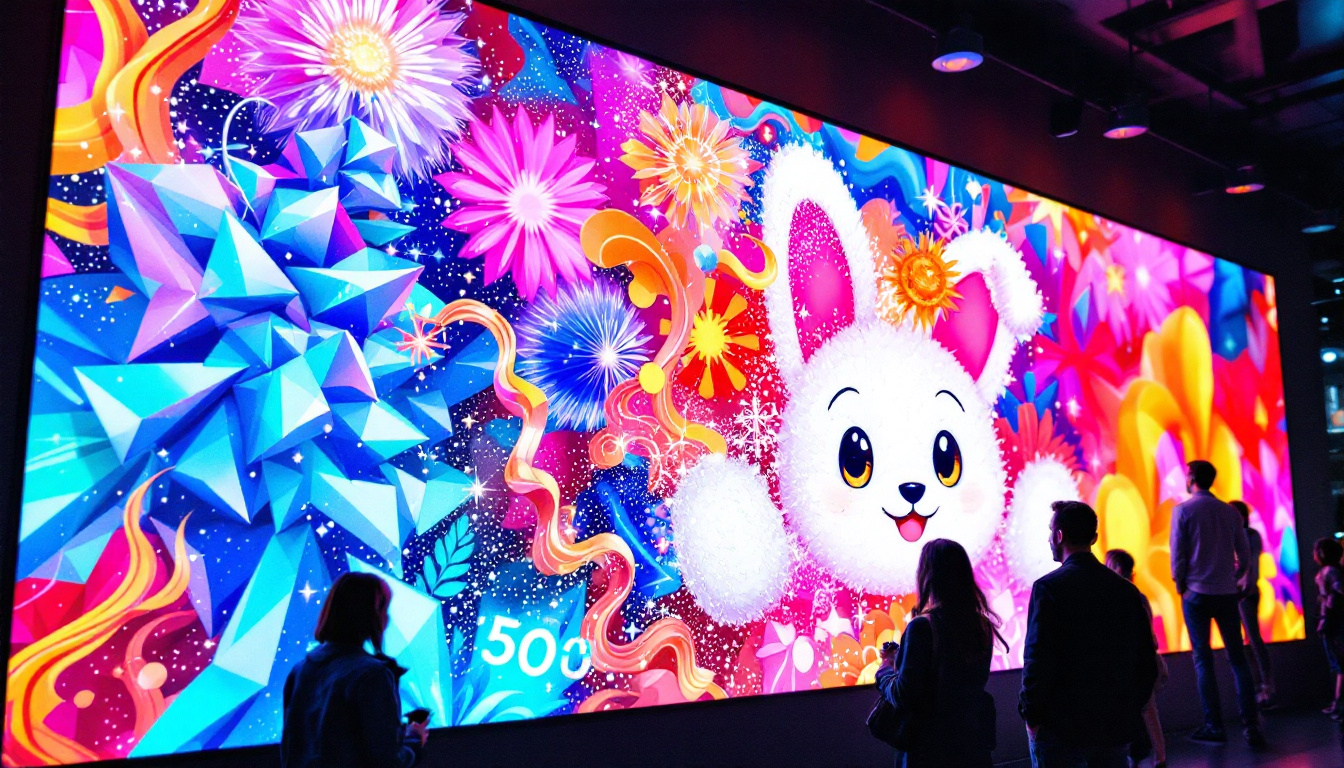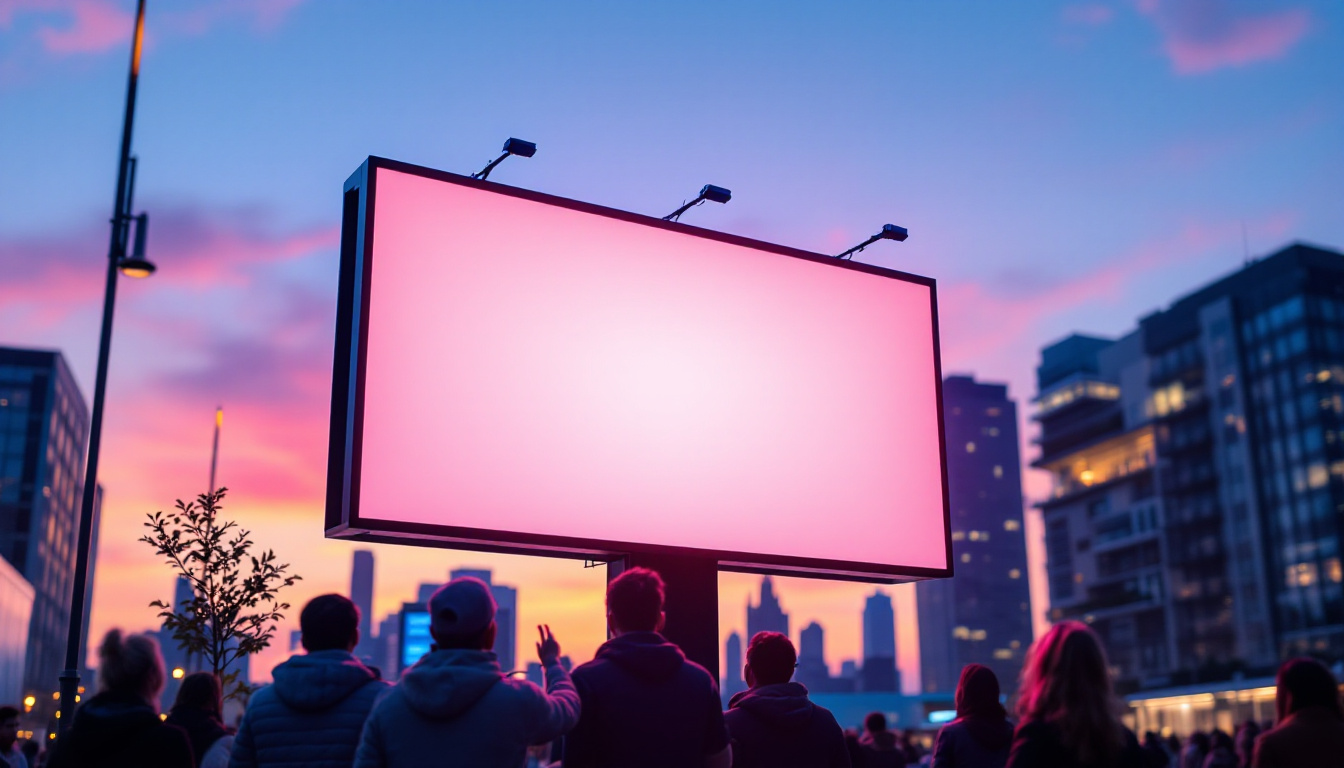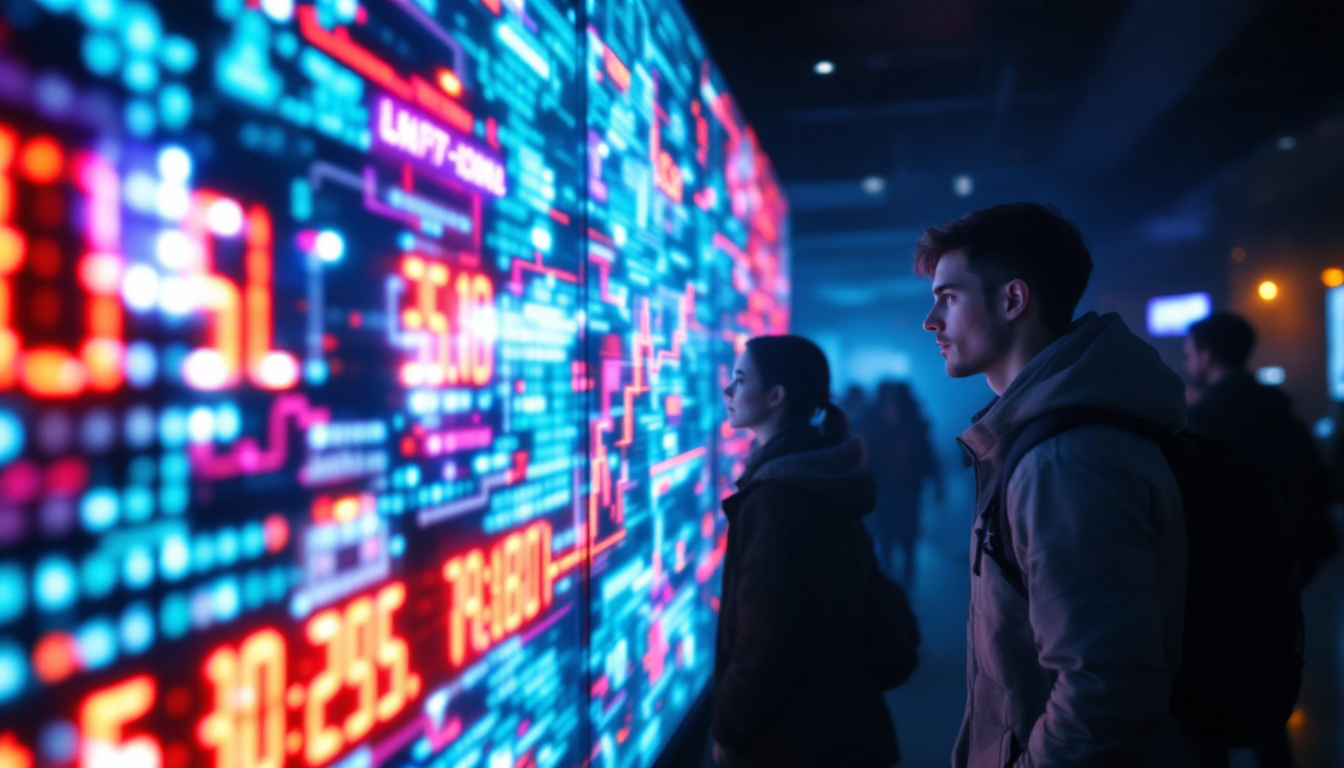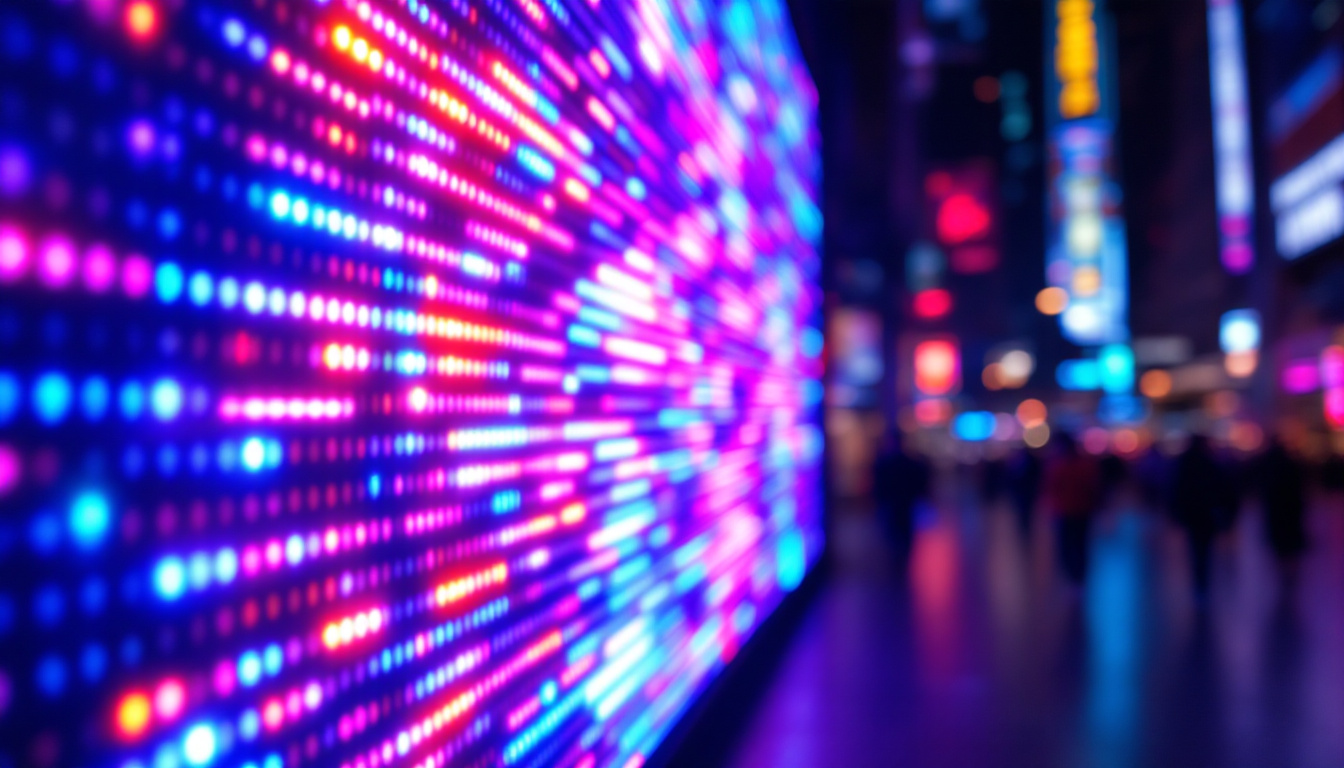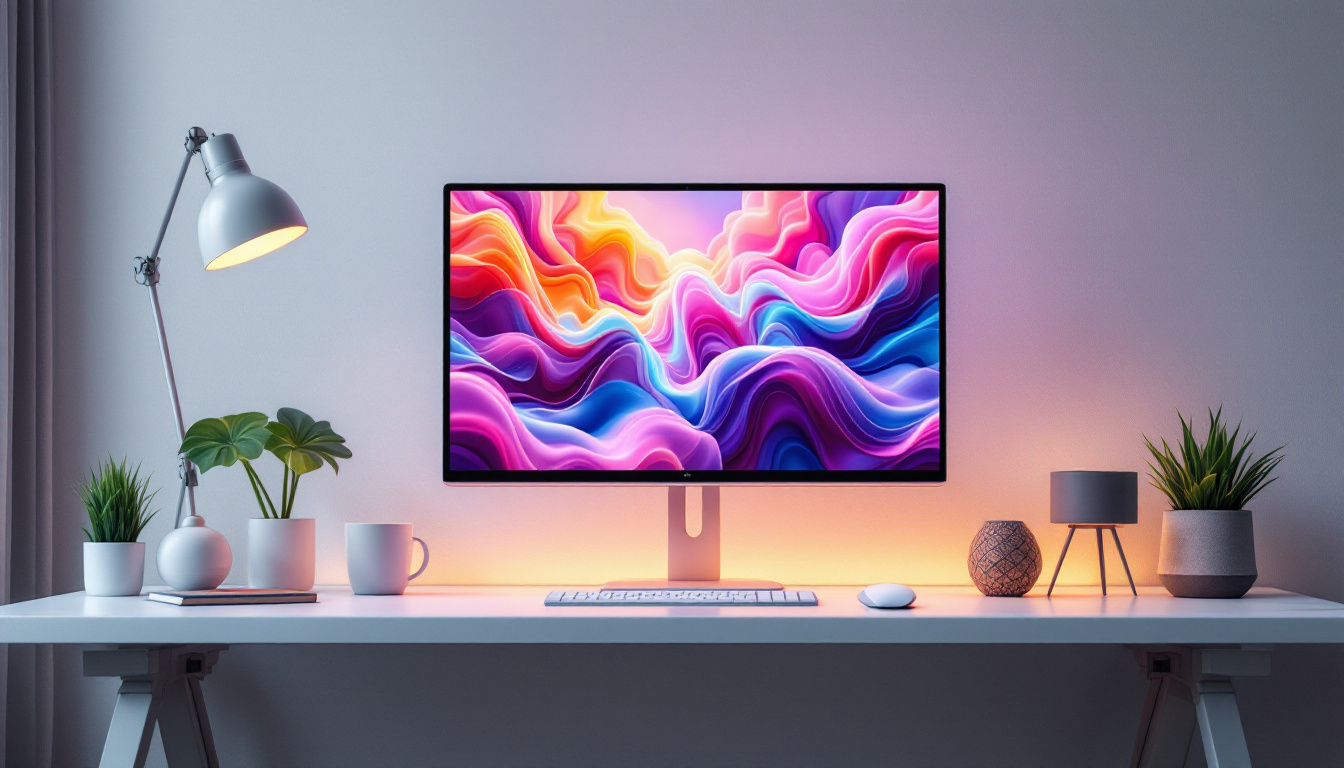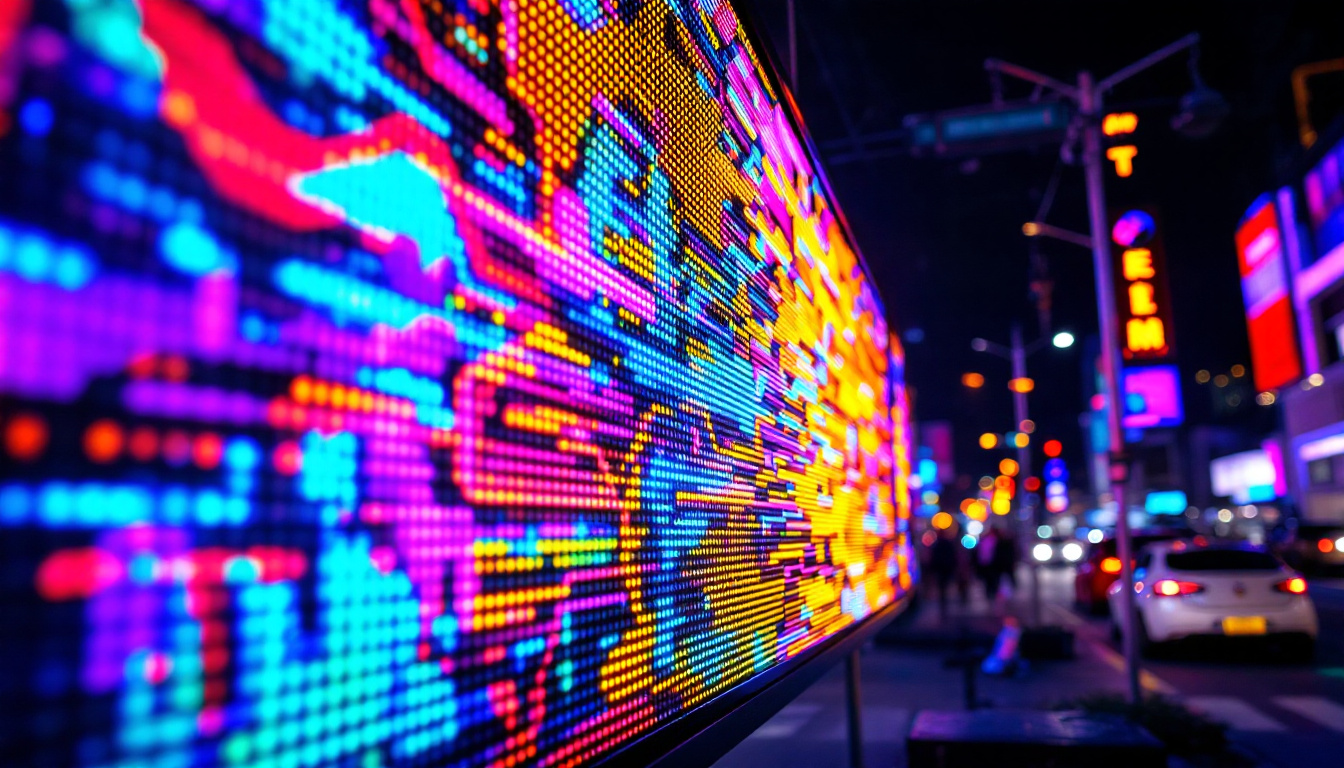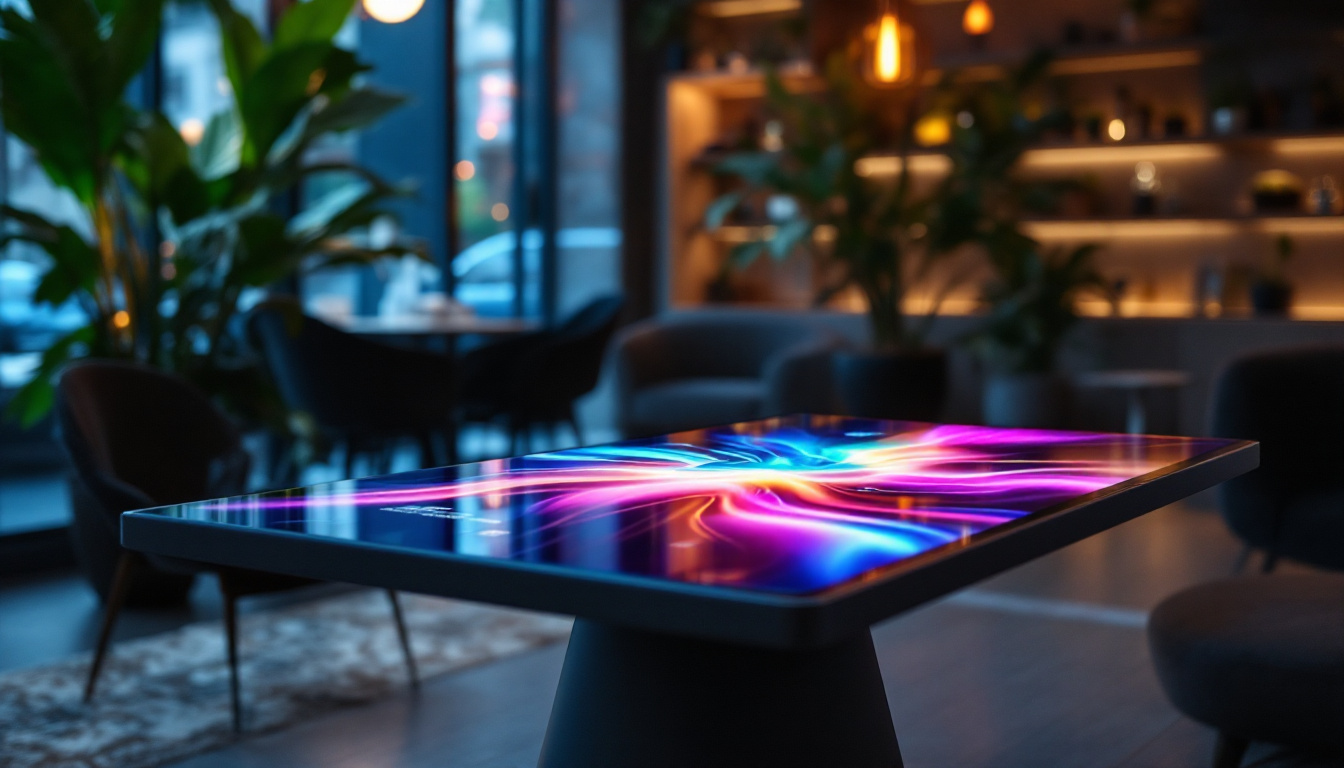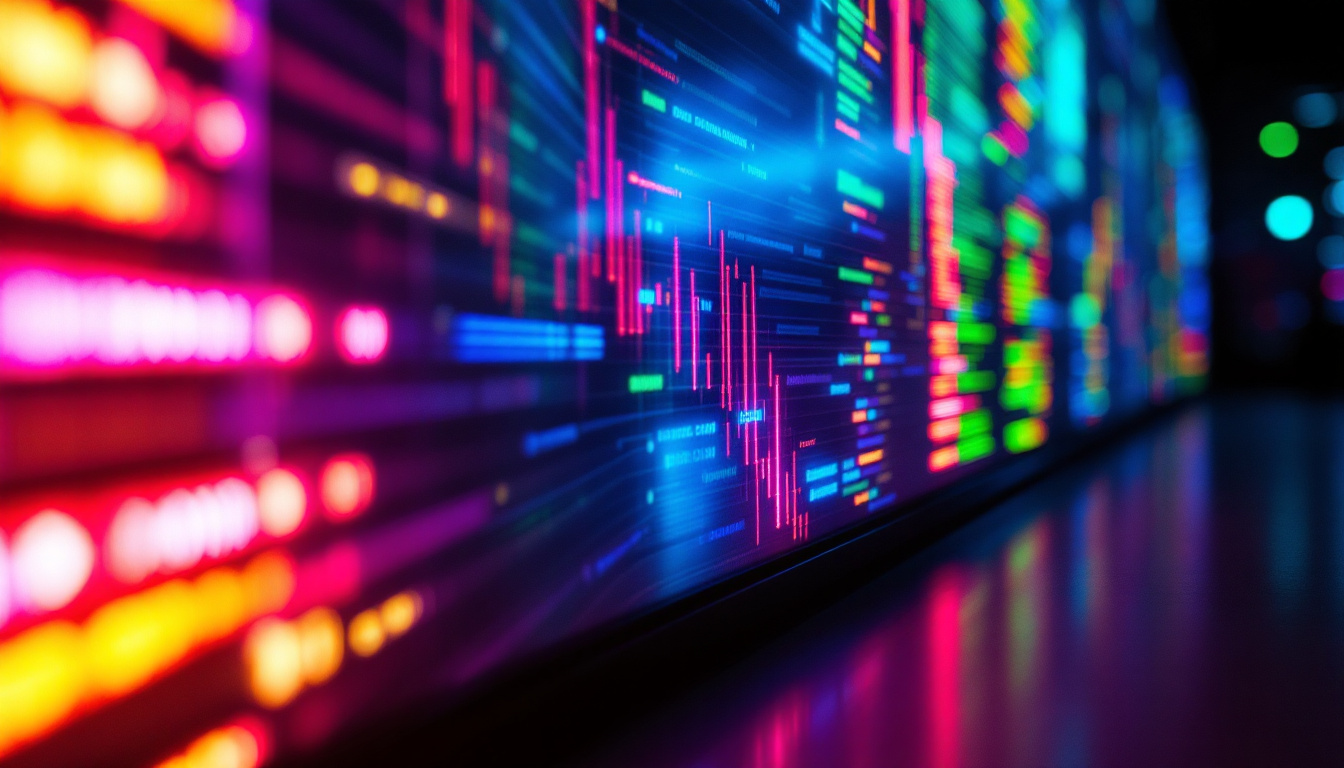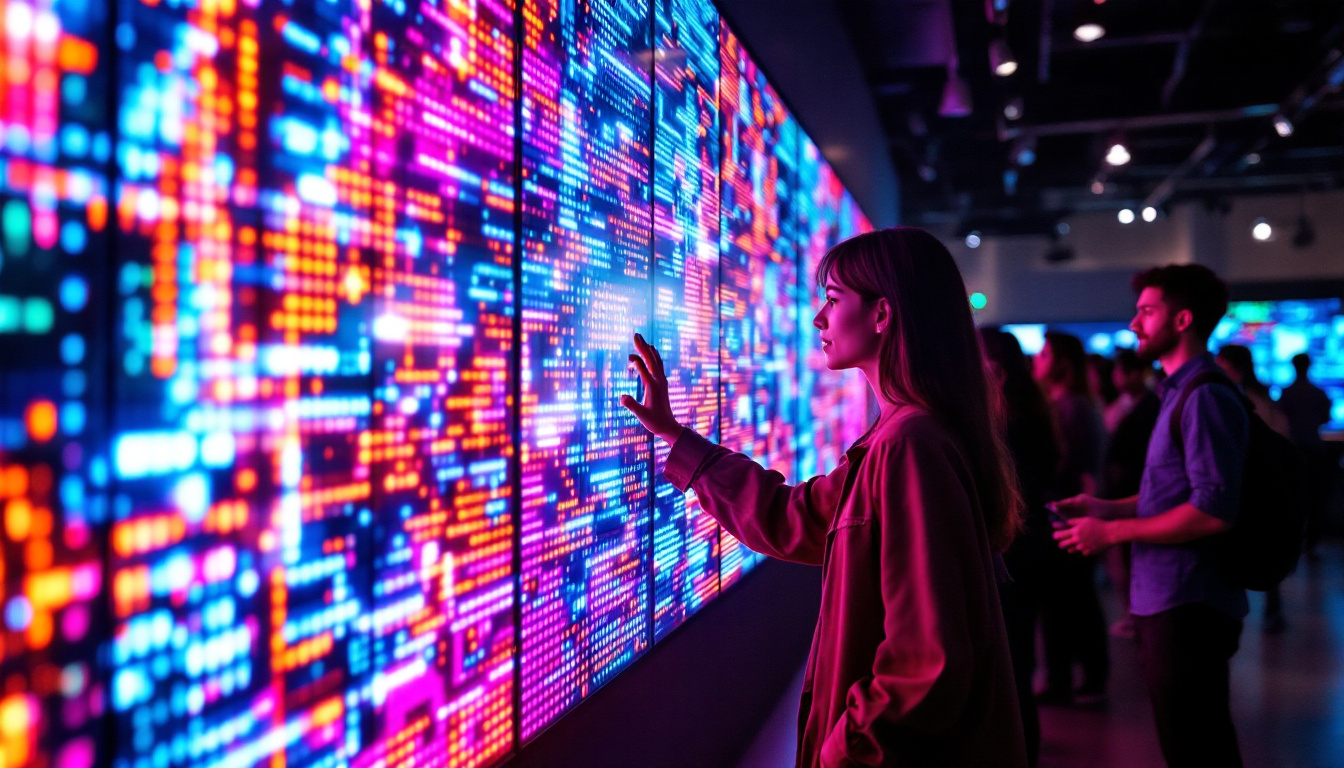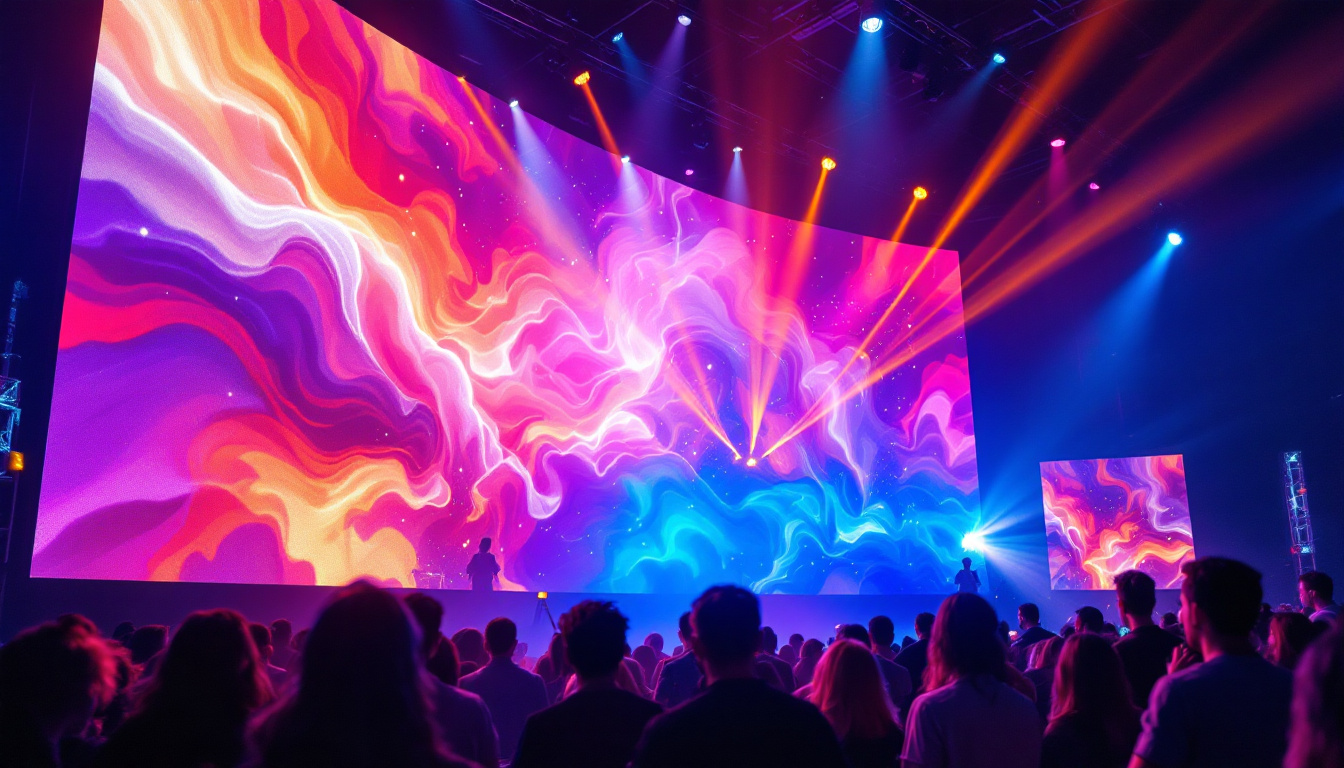In today’s digital age, LED displays have become ubiquitous, transforming the way information is conveyed in various settings. From advertising billboards to indoor screens in shopping malls, the versatility and efficiency of LED technology have made it a preferred choice for many businesses. This article delves into the world of LED displays, exploring their benefits, types, and the role of local manufacturers in providing these innovative solutions.
Understanding LED Technology
LED, or Light Emitting Diode, is a semiconductor device that emits light when an electric current passes through it. This technology has evolved significantly over the years, leading to the development of various types of LED displays that cater to different needs. From large outdoor billboards to small screens on handheld devices, LED technology has become a ubiquitous part of our visual landscape, enhancing everything from advertising to personal communication.
How LED Displays Work
At the core of an LED display are tiny diodes that emit light in various colors. These diodes are arranged in a grid format, allowing for the creation of images and videos. The brightness and clarity of LED displays are determined by the number of diodes used and their arrangement. This technology allows for vibrant colors and sharp images, making it ideal for advertising and entertainment purposes. The ability to control each diode individually enables dynamic content, such as animations and real-time updates, which can capture the attention of viewers more effectively than static displays.
The Advantages of LED Displays
LED displays offer several advantages over traditional display technologies. Firstly, they are energy-efficient, consuming significantly less power than incandescent or fluorescent lights. This efficiency translates to lower operational costs for businesses. Moreover, the reduced energy consumption contributes to a smaller carbon footprint, making LED displays a more environmentally friendly option in a world increasingly focused on sustainability.
Additionally, LED displays have a longer lifespan, often lasting up to 100,000 hours. This durability reduces the need for frequent replacements, further contributing to cost savings. Furthermore, LED technology is highly adaptable, allowing for various sizes and shapes, which can fit into diverse environments. For instance, flexible LED panels can be used to create unique installations in art galleries or immersive experiences in theme parks. The versatility of LED technology also extends to its application in smart homes, where LED lighting can be integrated with home automation systems to create customizable lighting scenarios that enhance both aesthetics and functionality.
Types of LED Displays
LED displays come in various forms, each designed for specific applications. Understanding these types can help businesses choose the right solution for their needs.
Indoor LED Displays
Indoor LED displays are designed for use in environments such as shopping malls, conference rooms, and theaters. These displays typically have a higher pixel density, which results in clearer images when viewed up close. They are ideal for showcasing advertisements, presentations, and live events. Additionally, many indoor LED displays are equipped with advanced features like touch capabilities, allowing for interactive experiences that engage audiences more effectively. This interactivity can enhance customer engagement in retail settings, where users can browse products or access information simply by touching the screen.
Outdoor LED Displays
Outdoor LED displays are built to withstand harsh weather conditions, making them suitable for billboards and stadiums. These displays are generally larger and have lower pixel density compared to indoor displays, as they are viewed from greater distances. They are designed to be highly visible in bright sunlight, ensuring that messages are conveyed effectively. Furthermore, outdoor LED displays often come with robust protective casings and advanced cooling systems to maintain optimal performance in extreme temperatures. Some models also incorporate energy-efficient technologies, reducing power consumption while providing bright and vibrant visuals that capture the attention of passersby.
Transparent LED Displays
Transparent LED displays represent a cutting-edge innovation in display technology. These displays allow for visibility through the screen while still showcasing vibrant images and videos. They are often used in retail environments, allowing customers to see products behind the display while still being engaged by dynamic content. This unique feature not only enhances the aesthetic appeal of storefronts but also maximizes the use of space in urban environments where real estate is at a premium. Additionally, transparent LED displays can be integrated into architectural designs, creating stunning visual effects in buildings and public spaces, thereby transforming ordinary structures into eye-catching landmarks that draw attention and intrigue.
Finding Local LED Manufacturers
When considering the purchase of LED displays, sourcing from local manufacturers can provide several benefits. Local manufacturers often have a better understanding of regional market needs and can offer customized solutions that cater to specific requirements.
The Benefits of Local Sourcing
One of the primary advantages of working with local LED manufacturers is the potential for faster turnaround times. Proximity allows for quicker communication and logistics, ensuring that businesses receive their displays promptly. This can be crucial for time-sensitive projects, such as promotional events or product launches.
Additionally, local manufacturers often provide better customer support. Being in the same region means that businesses can easily reach out for assistance, whether it’s for installation, maintenance, or troubleshooting. This level of support can enhance the overall experience and satisfaction with the product.
Researching Local Options
To find LED manufacturers near you, start by conducting online research. Look for companies that specialize in LED technology and have a strong reputation in the industry. Reading customer reviews and testimonials can provide insight into the quality of their products and services.
Another effective approach is to attend local trade shows or industry events. These gatherings often feature various manufacturers showcasing their latest products, providing an excellent opportunity to compare options and speak directly with representatives.
Considerations When Choosing an LED Display
Choosing the right LED display involves several considerations to ensure that the selected product meets the specific needs of a business or organization.
Display Size and Resolution
The size of the LED display is a critical factor. It should be large enough to capture attention but not so large that it overwhelms the space. Additionally, the resolution of the display is essential, especially for indoor displays where viewers will be closer. Higher resolution displays offer better image quality, which is vital for effective communication.
Brightness Levels
Brightness is another important consideration, particularly for outdoor displays. The display should be bright enough to be visible in direct sunlight without losing clarity. Manufacturers typically provide specifications on brightness levels, measured in nits, which can help businesses make informed decisions.
Budget Constraints
Finally, budget is a crucial factor. LED displays can vary significantly in price based on size, resolution, and technology. It is essential to establish a budget early on and explore options that provide the best value for the investment. Local manufacturers may offer competitive pricing, especially for bulk orders or long-term contracts.
Installation and Maintenance of LED Displays
Once an LED display has been selected, proper installation and maintenance are vital to ensure optimal performance and longevity.
Professional Installation
While some businesses may consider a DIY approach to installation, it is often advisable to hire professionals. Proper installation ensures that the display is securely mounted and correctly configured for optimal performance. Professionals also have the expertise to address any technical issues that may arise during installation.
Regular Maintenance
Maintaining an LED display is essential for preserving its functionality and appearance. Regular cleaning can prevent dust and debris from accumulating, which can affect image quality. Additionally, periodic checks of the electrical components and connections can help identify potential issues before they become significant problems.
Software Updates and Upgrades
Many LED displays come with software that requires updates to ensure optimal performance and security. Staying current with software updates can enhance the display’s capabilities and introduce new features. Businesses should also consider future upgrades, as technology continues to evolve rapidly.
Future Trends in LED Display Technology
The LED display industry is continually evolving, with new trends emerging that promise to enhance the capabilities and applications of this technology.
Increased Integration with Smart Technology
As smart technology becomes more prevalent, LED displays are increasingly being integrated with IoT (Internet of Things) devices. This integration allows for dynamic content management, where displays can automatically update based on real-time data, such as weather conditions or audience engagement metrics.
Advancements in Energy Efficiency
Energy efficiency continues to be a significant focus in LED technology. Manufacturers are developing displays that consume even less power while maintaining high brightness and image quality. This trend not only benefits the environment but also helps businesses reduce operational costs.
Enhanced User Experience
Future LED displays are likely to focus on enhancing user experience through interactive features. Touchscreen capabilities and augmented reality (AR) integration are becoming more common, allowing for engaging and immersive experiences that captivate audiences.
Conclusion
LED displays have revolutionized the way information is presented and consumed. With their energy efficiency, durability, and versatility, they have become an essential tool for businesses looking to enhance their visibility and communication strategies. By understanding the various types of LED displays, the benefits of local manufacturers, and the considerations for selection and maintenance, businesses can make informed decisions that align with their goals.
As technology continues to advance, the future of LED displays looks promising, with innovations that will further enhance their functionality and user engagement. Whether for advertising, information dissemination, or entertainment, LED displays are set to play a pivotal role in shaping the visual landscape of the future.
Explore Cutting-Edge LED Displays with LumenMatrix
Ready to elevate your visual communication strategy with the latest in LED display technology? LumenMatrix is at the forefront of innovation, offering a wide array of LED display solutions tailored to your unique needs. From Indoor and Outdoor LED Wall Displays to specialized options like Vehicle, Sports, and Floor LED Displays, our products are designed to captivate your audience and amplify your message. Discover the transformative power of LED displays and how LumenMatrix can help you create unforgettable visual experiences. Check out LumenMatrix LED Display Solutions today and take the first step towards revolutionizing your brand’s visibility.

